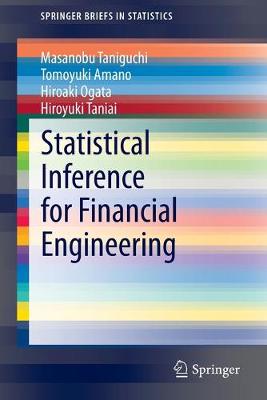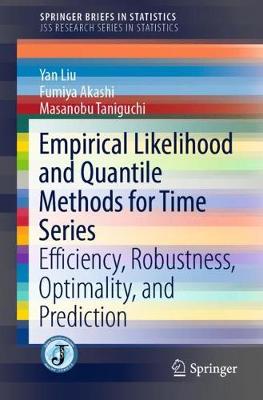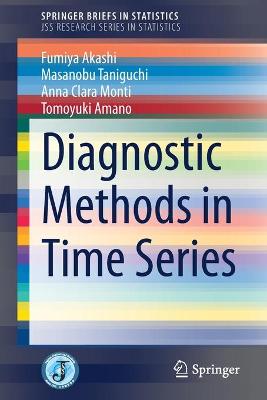SpringerBriefs in Statistics
3 total works
Statistical Inference for Financial Engineering
by Masanobu Taniguchi, Tomoyuki Amano, Hiroaki Ogata, and Hiroyuki Taniai
This monograph provides the fundamentals of statistical inference for financial engineering and covers some selected methods suitable for analyzing financial time series data. In order to describe the actual financial data, various stochastic processes, e.g. non-Gaussian linear processes, non-linear processes, long-memory processes, locally stationary processes etc. are introduced and their optimal estimation is considered as well. This book also includes several statistical approaches, e.g., discriminant analysis, the empirical likelihood method, control variate method, quantile regression, realized volatility etc., which have been recently developed and are considered to be powerful tools for analyzing the financial data, establishing a new bridge between time series and financial engineering.
This book is well suited as a professional reference book on finance, statistics and statistical financial engineering. Readers are expected to have an undergraduate-level knowledge of statistics.
Empirical Likelihood and Quantile Methods for Time Series
by Yan Liu, Fumiya Akashi, and Masanobu Taniguchi


